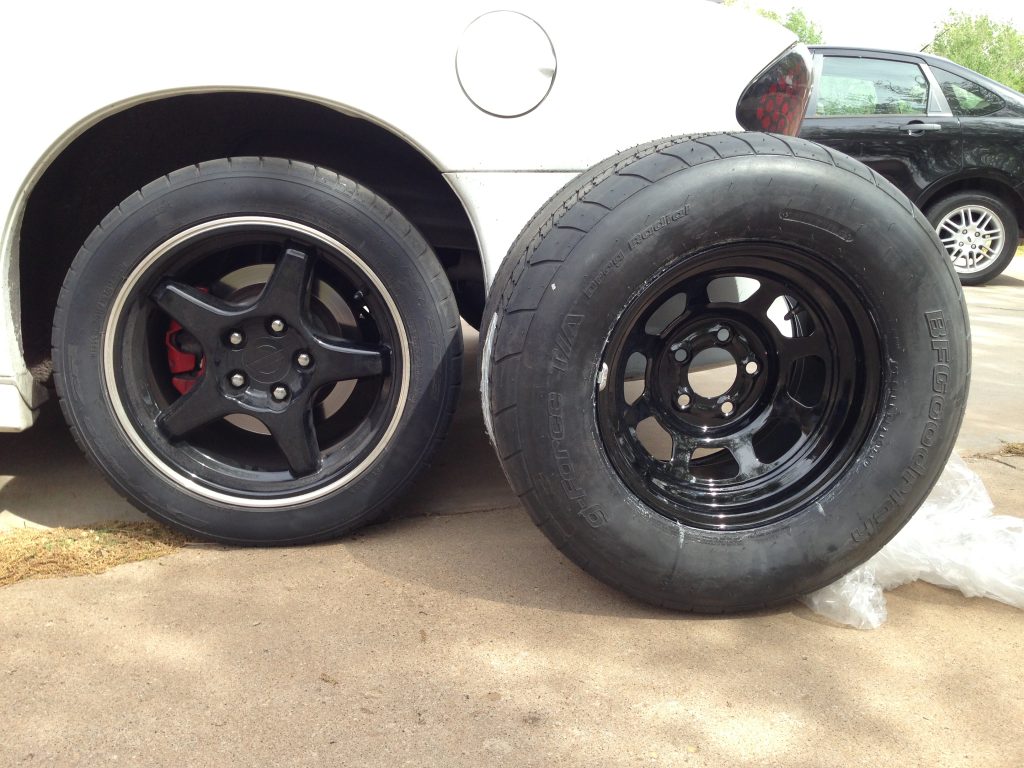Look at an available 15inch wheels standing on their own without the car around them (ready to roll). From left to right, the distance between the wheel edges, also known as the wheel lips, gives the wheel’s breadth its appearance.
Where do you begin when picking the right wheels for your new vehicle?
There are two things to consider while shopping for new wheels: clearance and intended use. Inside each 15inch wheel well, there is a space wheel and tire and the rest of the car, and each vehicle has a different quantity of space.
While some trucks have adequate wheel well space to handle a wheel that is somewhat wider than usual, other cars can only carry a little more giant wheel (if at all) without any wheel well modifications. All other vehicle parts are separated from your regular wheels and tires by this distance, referred to as “clearance.”

Whether or not bigger wheels will assist you in attaining your aim is secondary to the available clearance.
Measuring and assessing the distance between your tires and other vehicle parts are necessary to calculate clearance. Should verify approval at both the front and rear axles and when the suspension is loaded. Check the front wheel well clearances when you crank the steering wheel from lock to lock to ensure you have the right amount of space.
Are you carrying a trailer or traversing treacherous terrain? Consider the additional vehicle weight, a compressed suspension system, and a corresponding reduction in visibility.
Always keep 15inch wheels and tires safe from the wheel wells and other vehicle components. If the wheel and tire arrangement is too broad, it may cause severe damage to the vehicle and compromise its safety.
To accurately measure the circumference of a wheel, what is the best method?
Look at your tire size information to get the diameter of your conventional automobile wheels, sometimes referred to as the “wheel height” or “height of the wheel.”
Using the final number of your tire size, you may find your tire and wheel sizes (before the separate load index and speed rating). The picture below shows a length of 15, equal to 15 “.
A wheel’s diameter may be by its circumference
Most people conceive of wheel diameter distance from the top to the bottom or across the wheel’s face.
There is a significant correlation between tire size standards and wheel diameter. A simple tape measure measurement will tell you all you need to know if the wheels do not have tires. It’s not included in calculating wheel diameter since the lip holding the tire is on the outside. The front face of the wheel to measure the diameter; lips and edges are left out of the equation.

What is the diameter of a wheel?
The concept of “wheel size” has been widely accepted and simplified in popular culture. You may have heard the terms “20s,” “22s,” “Dubs,” and other variations on this theme in the context of popular culture.
- Due to its prominence on the wheel’s aesthetics and profile, the diameter (or “face”) commands considerable attention.
- Dimensions like offset, backspacing, and offset are essential considerations when designing a new set of wheels.
- Even if you’re a lover of the “20s,” you’ll need to consider more than simply tire diameter when it comes to wheel fitment.
What is the term “wheel offset?”
At this point in the discussion, we’ve just covered exterior wheel measurements and clearance factors. Paying attention to what occurs within your wheel barrels is just as important.
Wheel offset is the distance between the 15inch wheels mounting face and the wheel’s center of gravity. The offset wheel moves the wheel inward or outward—the component clearance of a vehicle by offset as well as diameter and width.
